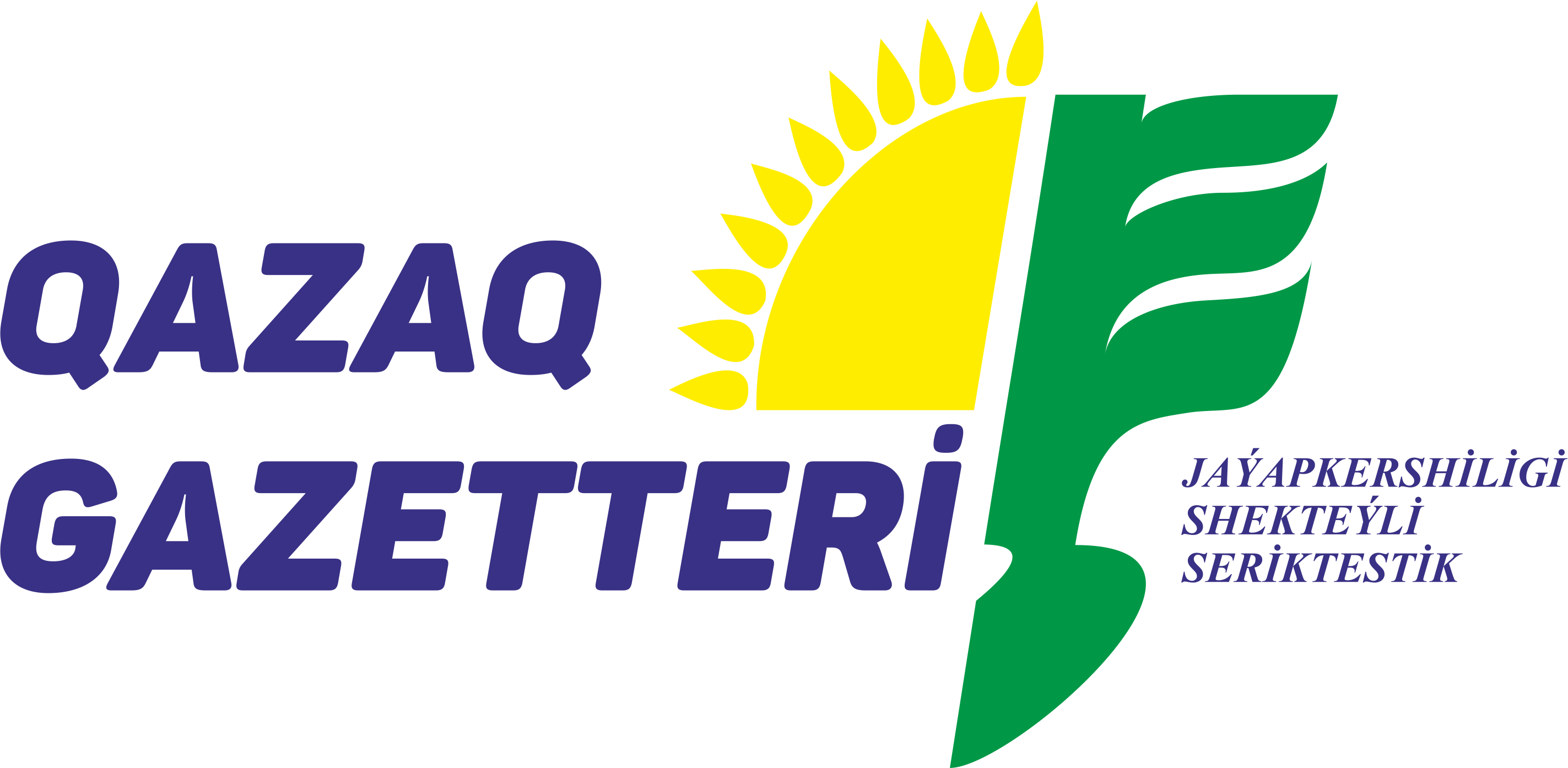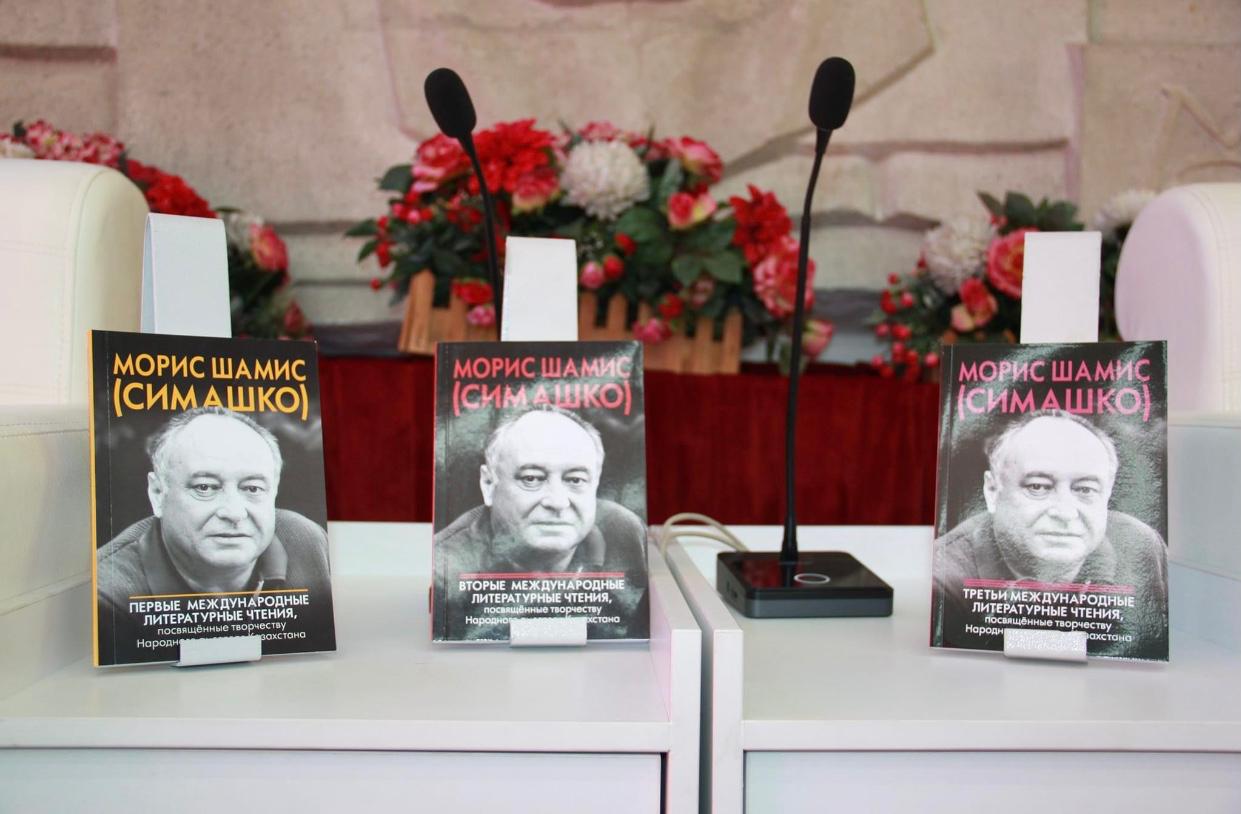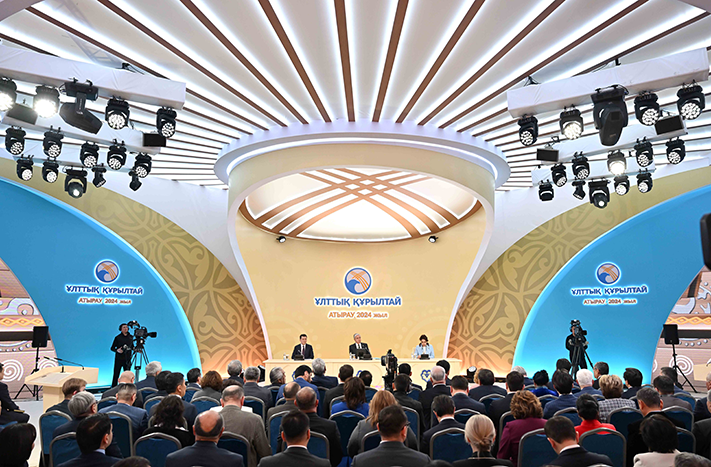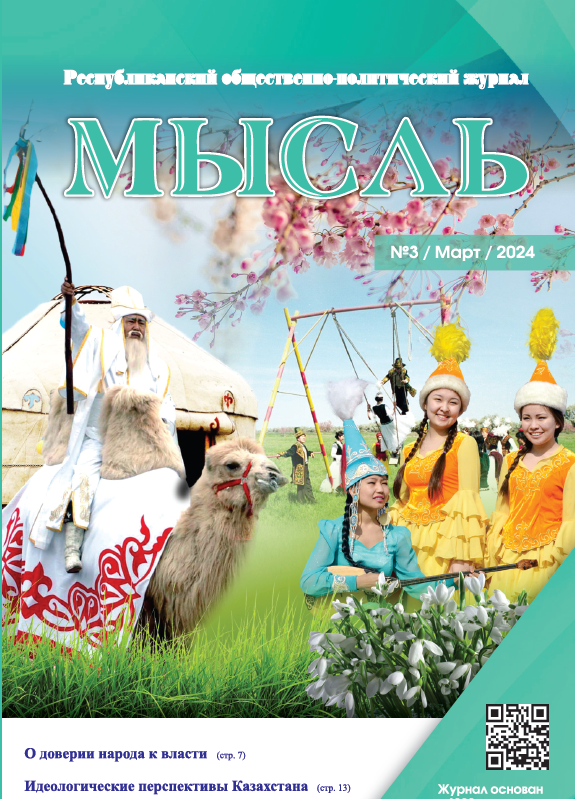- Общество
- 22 Мая, 2017
The post-traumatic sense of time in the urban context
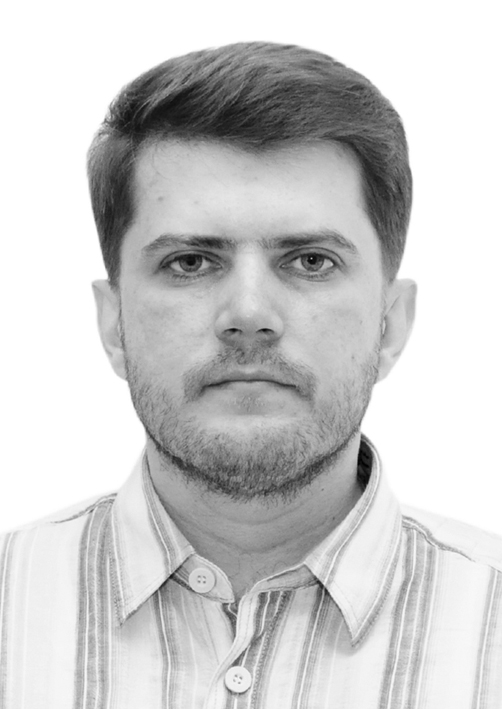
Dmitry Melnikov
В статье разрабатывается понятие посттравматического чувства времени. На основании социально-гуманитарных и психологических исследований травмы предполагается, что она может разрывать континуальность опыта времени и приводить к формированию складки. Время как складка – феномен, присущий нестабильным переходным периодам, характеризующимся радикальными изменениями. В качестве одного из примеров теоретического осмысления посттравматического чувства времени рассматривается концепция посттравматического урбанизма, в рамках которой предлагается интерпретация травмы без негативных коннотаций – как нормы жизни в современном мегаполисе. В рамках посттравматического урбанизма травма связана с избытком нового в современной культуре и технологиях.
Currently the high level of interest in trauma and PTSD is an interdisciplinary phenomenon. Originated in psychology and psychoanalysis it extended over almost all the social sciences and humanities. Many interesting attempts to theorize trauma can be found in philosophy and critical theory as well. The contemporary situation of radical changes in various fields of human life and the acceleration of the pace of these changes means the necessity of analysis of traumatic effect of time, and particularly of the experience of time in the urban context.
This paper attempts to consider the problem of the interconnection of time experience and trauma by developing the concept of the post-traumatic sense of (or perception of) time. The theoretical framework of the paper consists in the combination of Kirby Farrell’s idea of post-traumatic culture (Kirby Farrell, 1998) and Paul Ricoeur’s theory of the narrative nature of historical time (Paul Ricoeur, 1980). In the second and third sections of the paper an example of how the concept can be applied is proposed. I will employ the idea of post-traumatic urbanism as the conceptual framework of the analysis of post-traumatic sense of time in the urban context (Adrian Lahoud, Post-traumatic urbanism, 2010: 17). As a real example of the post-traumatic sense of time temporal experience impacted by the new urban landscape of the new capital of Kazakhstan Astana will be examined.
Post-traumatic perception of time and the fold
Post-traumatic perception of time is a concept that can be employed in an analysis of some situations, states that are associated with transition, intervening and instability in either collective or individual experience. One of the basic premises of the concept is the idea that there are some lengths or units in our real experience of time between which there are interims or periods of uncertainty. Usually every length of that kind has something that unites it and gives it a quality of wholeness that one can psychologically recognize. It may be a biographical or historical stage that, as a rule, is framed in some narrative. Thus, narrative predominantly is a structure that gives the length the quality of wholeness.
As the next step it is necessary to introduce one more important presupposition to build the concept of post-traumatic perception of time. It is reasonable in terms of fundamental patterns of the experience of time to discern two principal modes of such experience. One can call them time as progress or steadiness and time as regress. The first is commonly associated with the sense of stability, predictability and augment which produces an imperturbable attitude to the past and optimistic expectations about the future. By contrast, the second is considerably determined by the sense of instability, contingency and decline. In the latter case it often happens that the past become a matter of anxiety destroying the habitual nexus of moving to the future through the present from the past. Historical (or social) time acquires specific chaotic or reversing features in this situation; it becomes unstructured, since dominant narratives are destroyed. In fiction that kind of traumatic state of affairs was comprehensively described, for example, by Shakespeare who condensed the essence of this situation in famous phrase from Hamlet “The time is out of joint”. Max Nordau at the end of XIXth century wrote about Fin de siècle (French for “turn of the century”). In the XXth century an interesting theoretical framework for this time-related traumatic experience was proposed by Jean Baudrillard (Jean Baudrillard).
Apart from disorientation and frustration (the outcome of radical change of previous way of life) as well as shattered expectations and total unpredictability of the world, post-traumatic experience is sometimes associated with controversial attempts to tackle with this disorientation. Controversy surrounding these attempts are likely to be an additional factor of traumatic feelings. It can lead, for instance, to disintegration of a social group. What is more, repetition of some traumatic events and re-traumatisation under these conditions are quite possible. As a result of this, the search for successful strategies of coping with this situation becomes urgent. One can assume that if narrative is so significant for structuring time, it is equally vital to overcame situations of crises. Thus, most of the attempts tend to be the search for a new narrative one way or another.
From the theoretical perspective, there is a question of great concern to what kind of trauma post-traumatic sense of time and post-traumatic culture in general refer. Relying on post-structuralist analysis this sort of cultural social trauma might be called the fold of time. It is the result of a crisis of a previously dominant narrative of historical time that so far structured time experience and thereby made the world understandable and predictable. Otherwise one can say that the fold of time is the experience of the crises as such. The metaphor of the fold of time provides us with the opportunity to raise some theoretically significant questions about the connection between trauma and the patterns of our experience of time. It is remarkable that not only different philosophical conceptions of time, but also a number of non-clinical and clinical psychological researches indicate that trauma particularly affects the structure of the modes of time, that is, trauma changes our perception of the past, present and future.
In most cases these influences are the impact on memory. Chris R. Brewin and Emily A. Holmes point out that “at present, it appears that what is most likely unique to PTSD, compared to other psychological disorders, are the unusual and inconsistent memory phenomena centred on the event itself and the recruiting of a variety of dissociative responses” (Chris R. Brewin and Emily A. Holmes, 2003: 345). Other kinds of time-experience disorder are flashbacks and dissociation. The latter almost literary means distortion of the usual structure of time, because dissociation “has sometimes been defined as any kind of temporary breakdown in what we think of as the relatively continuous, interrelated processes of perceiving the world around us, remembering the past, or having a single identity that links our past with our future” (Chris R. Brewin and Emily A. Holmes, 2003: 345). Thus, one can argue that dissociation is in a sense a breach of self-identity. In relation with memory disorders dissociation can lead to the lack of self-identity. It comes usually from problems with some experience in the past.
Reasoning from the assumption that identity is inevitably related to the narratives of historical time and itself has narrative nature, the fold of time hence is interruption of identity. That indicates that the fold of time is simultaneously to a certain extent the fold of self-identity and self-awareness. It is of great importance that time should be considered as the dimension in which self-identity and even self-awareness deploy or even become possible. So, disorders, violations of time-experience may convey an extremely deep traumatic experience.
Time and post-traumatic urbanism
One has to admit that such temporal phenomena (in a certain respect) as acceleration of the pace of social life, addiction to the new, compression of time and space are directly preconditioned by the urban way of life. Adrian Lahoud in his article “Post-traumatic urbanism” emphasizes the complexity of trauma which sometimes plays a positive role in the development of some indispensable for a contemporary man social phenomena: “Urbanism is parasitic on crisis. Crisis is productive. Threats – both real and imagined – fill its veins
and flesh out its form” (Adrian Lahoud, Post-traumatic urbanism, 2010: 14).
In the context of post-traumatic urbanism trauma is first of all treated as a phenomenon of the experience of time. It is clear that in Lahoud’s analysis time is dimension in which instability takes place and is deeply rooted. “The sting in history’s tail is the profound unreliability of the past as a test for the future. The traumatic moment is unheralded and unprecedented. Classical causality is complicated by pre-emption. It arrives unrecognisably and without warning, an inassimilable event that shatters the very coordinates of our experiential landscape, leaving us adrift on a sea of excessive sensation. In the moment of trauma you are exiled from your own psychic landscape, a foreign intruder in an unfamiliar land” (Adrian Lahoud, Post-traumatic urbanism, 2010: 17).
The variance between the past and the future becomes the cardinal reason of traumatic experience anchored in the structure of time. And it is obvious that this variance considerably affects our mental processes, for example, our capacity of cognition. “Trauma forms an epistemological blind spot, a limit space behind which known experience recedes. This is why there is another name for trauma: ‘the new’. In some sense the traumatic event is excessively new. Human anticipation works by leaning slightly forward, meaning we can guess, make a small leap, infer and intuit... Trauma names that moment after our image of the future is destroyed but before it has been replaced” (Adrian Lahoud, Post-traumatic urbanism, 2010: 19).
To sum up, the idea of post-traumatic urbanism might be interpreted as a manifestation of post-traumatic sense or perception of time. Trauma and its aftermath are no longer considered as extraordinary events. It increasingly cannot be obliterated from our experience. Now trauma is supposed to be an integral part of life of contemporary townspeople. Moreover, post-traumatic urbanism attempts to re-evaluate trauma to a certain degree, while trying to see it within norm and even to find some positive sense of trauma.
Astana as an example of post-traumatic urbanism
As we have seen, in the contemporary world trauma as a large-scale social phenomenon that is often related to urban environment one way of another. Nowadays for many people a city concentrates most meanings, rules and habits of their everyday life, their behaviour as members of some communities. In addition to this, a man under conditions of modern civilization constantly feels total dependence on a city. But, on the other hand, he frequently associates most of his expectations and prospects with a city which attracts his hopes in a variety of ways including the promise to satisfy his need for safety, new personal opportunities, promotion and so on.
Taking into account the importance of urban environment for both social trauma and post-traumatic strategies, I would like to introduce an example of how an idea about a new urban landscape can be used to cope with post-traumatic situation. On the post-Soviet space such an example can be the new capital of Kazakhstan Astana. Astana is a compelling site for a study of time. In this city, historical time has a complex structure where multiple cultural layers or traces are imbricated. Although Astana is not an ancient city, over the last fifty years it has gone through at least two radical historical turns, being transformed from a Tsarist outpost into a Soviet industrial city in the 1960s, and then again, into the capital of an independent state in the 2000s.
The social economic and ideological role which Astana is supposed to play according to the official discourse as well as the real influence the city exerts over the entire country allows to speak of the fact that the history of the creation the new capital became one of the main narratives of recovering after social trauma in Kazakhstan. Kazakhstan declared its independence in 1991. For the country deeply integrated in the whole Soviet system of economy it was extremely complicated experience which led to social frustration. The capital of the country at that time was the city of Almaty located in seismic area almost on a frontier with China far away from many parts of the country. In other words, there were some objective reasons to transfer a capital to another safer and more central place. The creation of the new capital provided the authorities with the excellent opportunity for construction some narratives and discourses on a large scale. Astana was posited to be a powerful social ideological project. In the narrative about the city Astana was described as a nationwide enterprise which indicated the development of the entire country. By means of media and massive social advertising the discourse of “the city of the future”, “ream city” was constructed. The images of the future played a crucial role in narratives plotted as a strategy of post-traumatic recovering of the whole country. Many of these ideas were embodied in the city’s architecture.
The analysis of the images of the future of Astana allows to conclude that they deliberately or unconsciously were meant as a way to deal with the negative features of post-traumatic sense of time that was dominant in nineties. The new capital had to establish an experience of “sustainable” and predictable future (time more generally). To put it briefly, by the example of Astana one can see the significance of a new narrative of time for the alleviation of the post-traumatic sense of time.
Bibliography
1. Kirby Farrell. Post-traumatic culture: Injury and interpretation in nineties. The John Hopkins university press, Baltimore and London, 1998.
2. Paul Ricoeur. Narrative time, Critical Inquiry, Vol. 7, No. 1, 1980.
3. Jean Baudrillard. Pataphysics of Year 2000 http://www.egs.edu/faculty/jean-baudrillard/articles/pataphysics-of-year-2000/
4. Chris R. Brewin, Emily A. Holmes. Psychological theories of post-traumatic stress disorder, Clinical psychology review, Vol. 23, 2003.
5. Adrian Lahoud. Post-traumatic urbanism, Architectural design, Vol. 80.

11143 раз
показано2773
комментарий